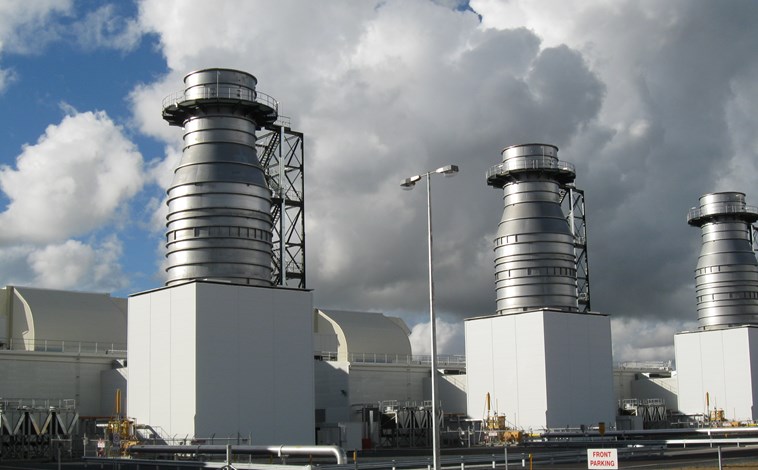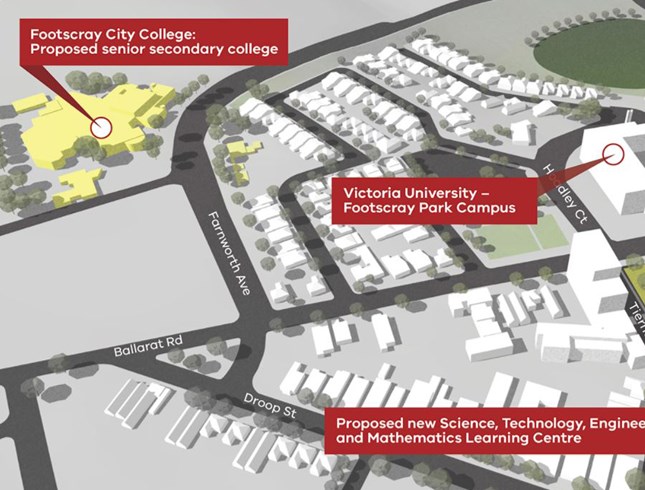
For the last 17 years the EPA’s Industrial Noise Policy (INP) has been the tool used to establish criteria for industrial noise sources in NSW. In October the INP was replaced by the new Noise Policy for Industry (NPfI), which is available here: http://www.epa.nsw.gov.au/your-environment/noise/industrial-noise/noise-policy-for-industry-(2017).
The following summarises 10 key points you need to know about the policy.
- Scope: what is it intended for and what it is not
Like the INP the NPfI applies to industrial activities listed in Schedule 1 of the POEO Act and regulated by the EPA. It is also an appropriate reference document assessing major proposals under the EP&A Act. What this means is that in practice the NPfI only directly applies to large industrial developments scheduled by the EPA, like mines and heavy industry.
It is also worth noting that the policy is designed to determine ‘trigger levels’ that are part (but not all) of what goes in to determining criteria for licence conditions. i.e. the ‘trigger levels’ derived from the policy are not mandatory ‘criteria’.
However, like the INP before it, it is likely that the new policy will be applied by local Councils to all sorts of developments and the trigger levels will be applied as mandatory criteria in many cases. Councils should bear in mind the EPA’s note that “the policy is designed for large industrial and agricultural sources and specifies substantial monitoring and assessment procedures that may not always be applicable to the types of sources councils need to address”.
What the INP was written to apply to and where it ended up being applied has always given rise to issues, and there is the potential for the same issues to arise from the new policy.
- Intrusiveness and Amenity assessment: two-pronged approach retained
Before we get on to what has changed, it is worth noting that the new policy retains the INP approach of assessing noise against both Intrusiveness and Amenity criteria for residential receiver locations. The Intrusiveness assessment is largely unchanged but derivation of the Amenity criteria has undergone some changes.
- Amenity assessment: the same, but different
Whilst the Amenity noise levels are similar to those in the INP, there are some significant changes, including:
- Project Amenity noise levels are taken as the recommended levels minus 5dB. The INP subtracted a variable level from the recommended levels based on existing industrial sources in the area. The changes simplify the process of assessment, however many sites may have a significantly lower amenity level as a result. It is worth noting that the policy does allow for some exceptions to this approach.
- The Project Amenity levels are derived and are averages over the entire Day (11hr), Evening (4hr) and Night (9hr) periods. However, the NPfI then adds 3dB to these levels to convert them to an equivalent level over 15 minutes. This allows direct comparison with the Intrusiveness (15 minute) levels. Again, this simplifies the assessment but may unreasonably impact on a site where noise varies significantly throughout the day. As above however, an alternative approach can be taken if justified.
- Amenity criteria is now provided for hotels, motels and caravan parks etc. The Industrial Interface category has also been expanded to cover interface between all types of residential areas, rather than just the Urban-Industrial interface.
- Sleep assessment – significant changes
Possibly the biggest change in the NPfI is that inclusion of a ‘maximum noise level event assessment’ in order to assess sleep disturbance. The trigger levels are set at LAeq(15min) 40dB or RBL + 5dB AND/OR LAFmax 52dB or RBL + 15dB. Exceedance of these trigger tests then triggers the need for a “detailed maximum noise level assessment”.
These numbers are significantly lower than the previous guidance given by the EPA on sleep arousal, which noted “maximum internal levels below 50-55dBA are unlikely to awaken people from sleep”. Note these internal levels of 50-55dB are equivalent to external levels of around 60-65dB, i.e. at least 8dB higher (perceived as almost twice as loud) than the new level of LAFmax 52dB.
Why the change? Well it seems the EPA are looking to the Lowest Observed Adverse Effect Level (LOAEL) from the World Health Organisation in terms of sleep disturbance, rather than the level at which awakenings occur.
Something worth noting is that exceedance of the above ‘trigger levels’ brings on a ‘detailed’ assessment. The policy gives some guidance on what that assessment will entail, but is not definitive.
- Noise Management Precincts
Some guidance is given to the assessment of Noise Management Precincts where there are multiple noise producing sites within a local area. This has the potential to more equitably allocate noise allowances for multiple noise generators, whilst mitigating impacts for receivers.
- Residual Noise Impacts: what to do when you have done all you can
Section 4 of the policy provides some more definitive procedure to assess the significance of residual noise impacts that remain after all reasonable and feasible noise mitigation has been applied to a site. Examples of potential treatment to be applied at receivers, based on the level of residual impact are provided.
- Met conditions: a limit still applies even if it is windy etc.
Under ‘very noise-enhancing meteorological conditions’ a limit still applied to the site. The new policy applies a limit 5dB above the limit under the met conditions used in the assessment process. Previously no criteria would have applied at these times.
- Minimum Daytime background of 35dB
Under the INP a minimum RBL of 30 was assumed for Day, Evening and Night, even if the actual background was lower. Under the NPfI the minimum RBL for the Day period is set at 35dB (Evening and Night remain a minimum of 30dB). The minimum Intrusiveness criteria therefore becomes LAeq(15min) 40dB during the Daytime.
This item has generated a lot of debate but is based on evidence related to the likelihood of annoyance, which is an objective of the policy. In practice, it is unlikely that there will be any significant impacts from this change.
- Monitoring performance: greater clarity has been provided
The new policy goes into much greater detail regarding options for noise monitoring of performance and compliance. This includes measurement directly, measurement at intermediate locations and the use of noise modelling in compliance testing.
- Technical changes – the details
While this article can’t go into all the changes of the policy, particularly the technical details, a few key technical changes include:
- Changes to the assessment of annoying characteristics, particularly tonal noise and low frequency noise.
- More detail on the assessment of shoulder periods (e.g. activities in the early morning ‘night’ period that overlap with rising traffic peaks).
- Simplification of rules to exclude monitoring sample periods affected by inclement weather
- Updates to monitoring and averaging procedures to reflect advances in noise measurement technology
The above summarises a few key changes to the policy. If you want to discuss the impacts specific to your project contact Marshall Day Acoustics.
